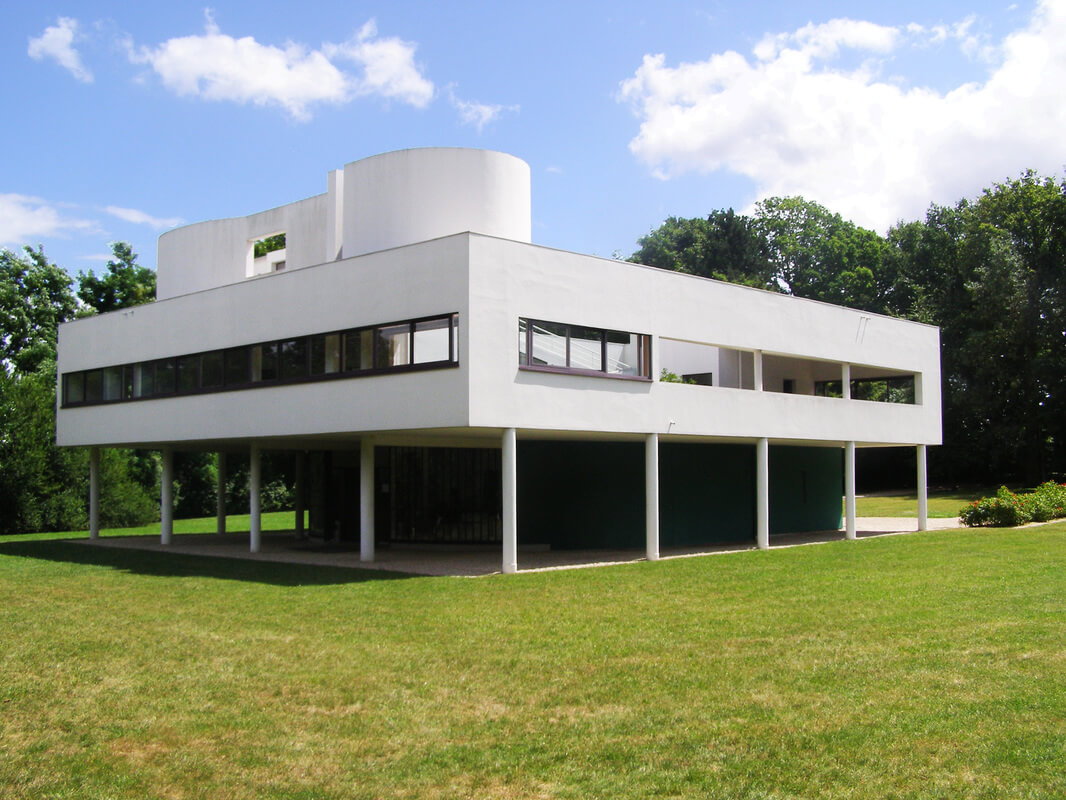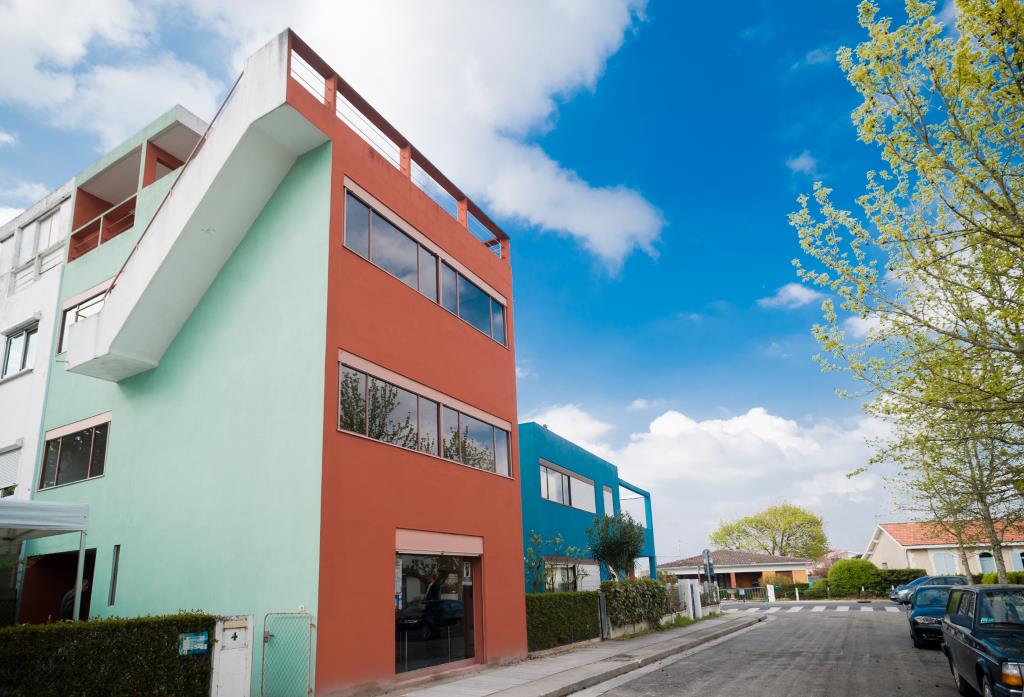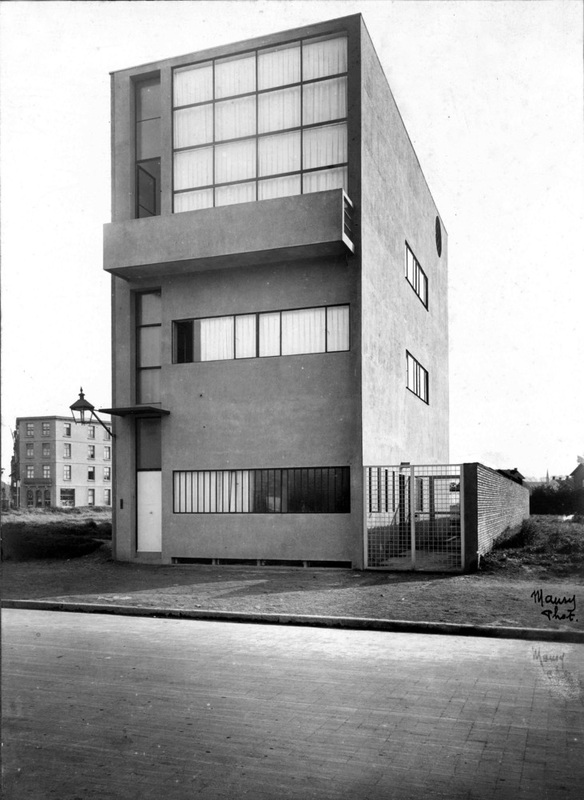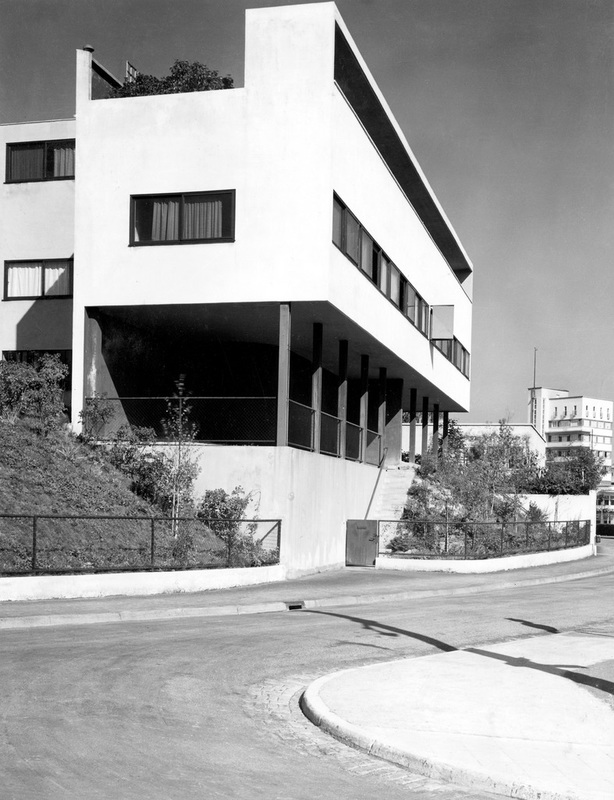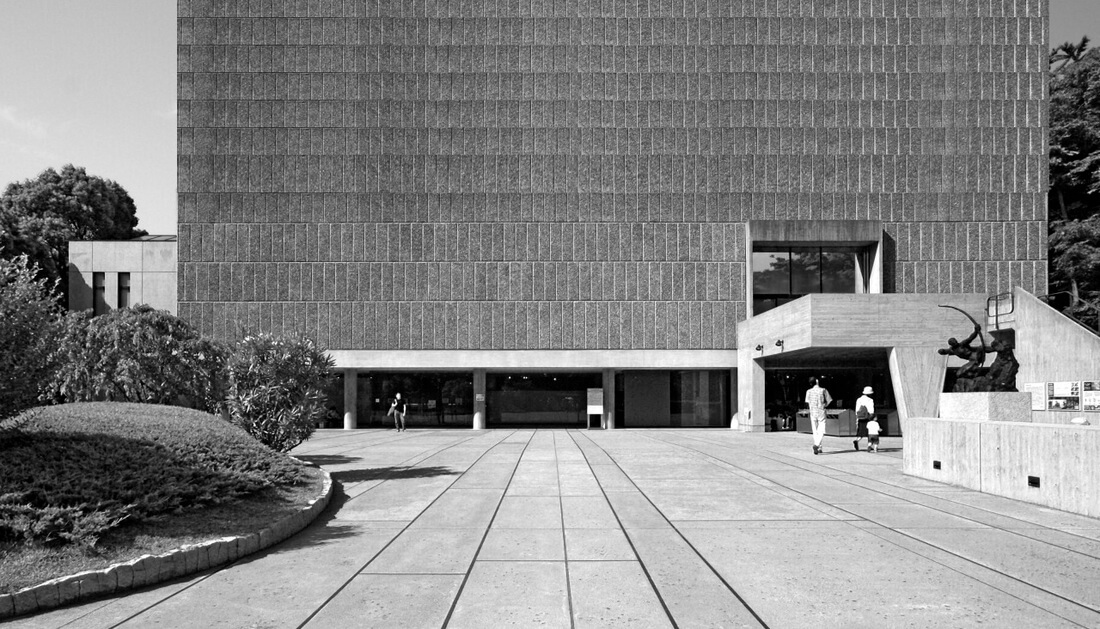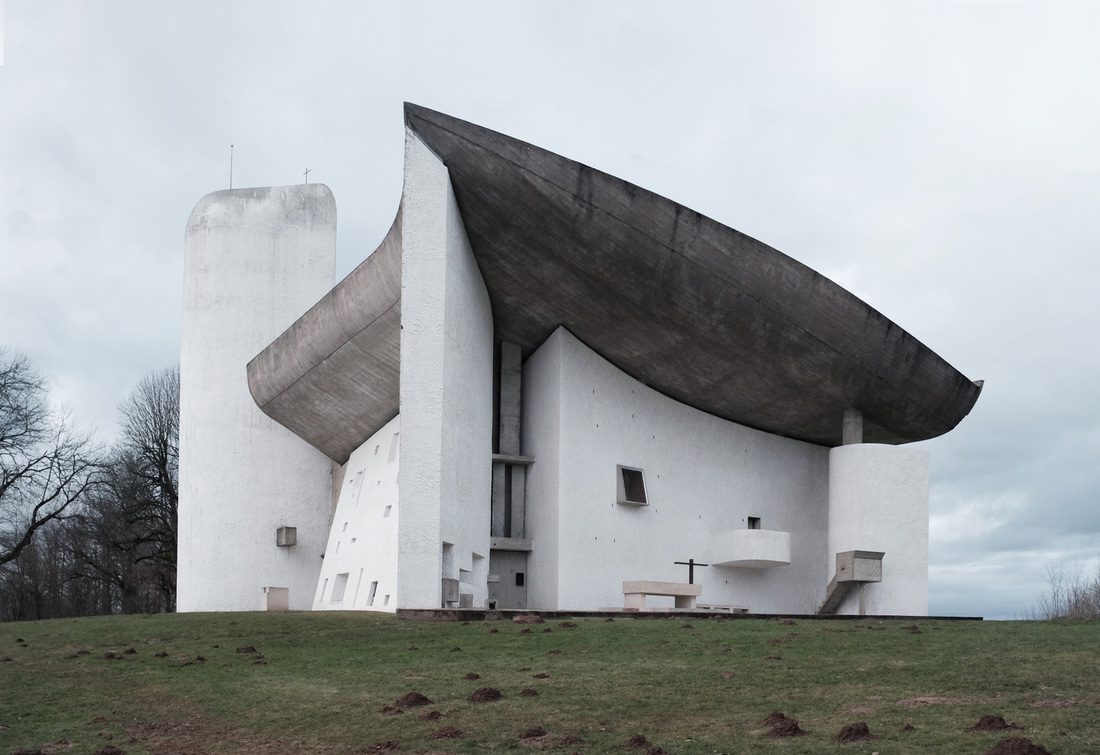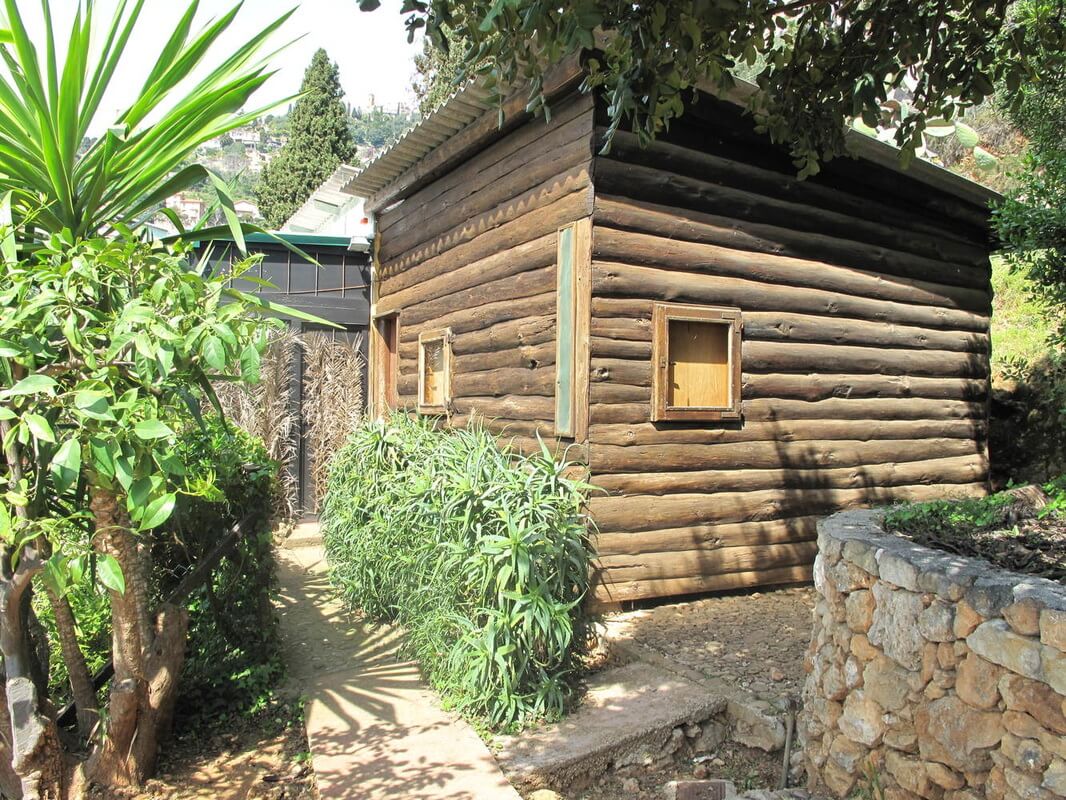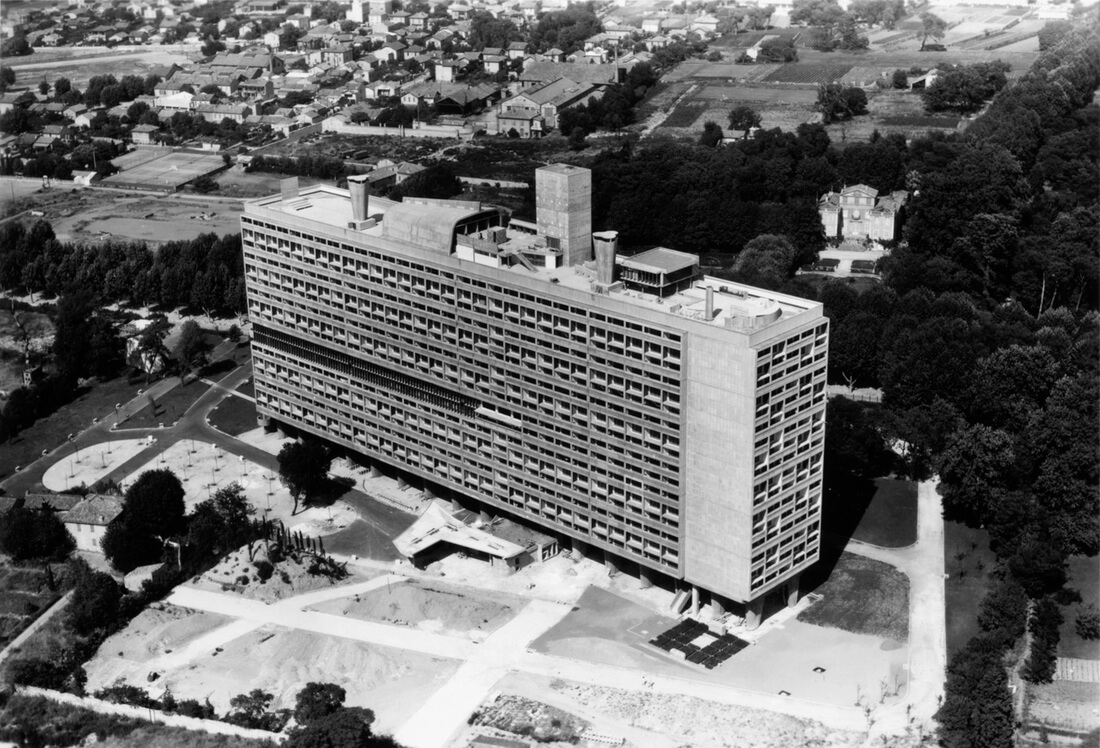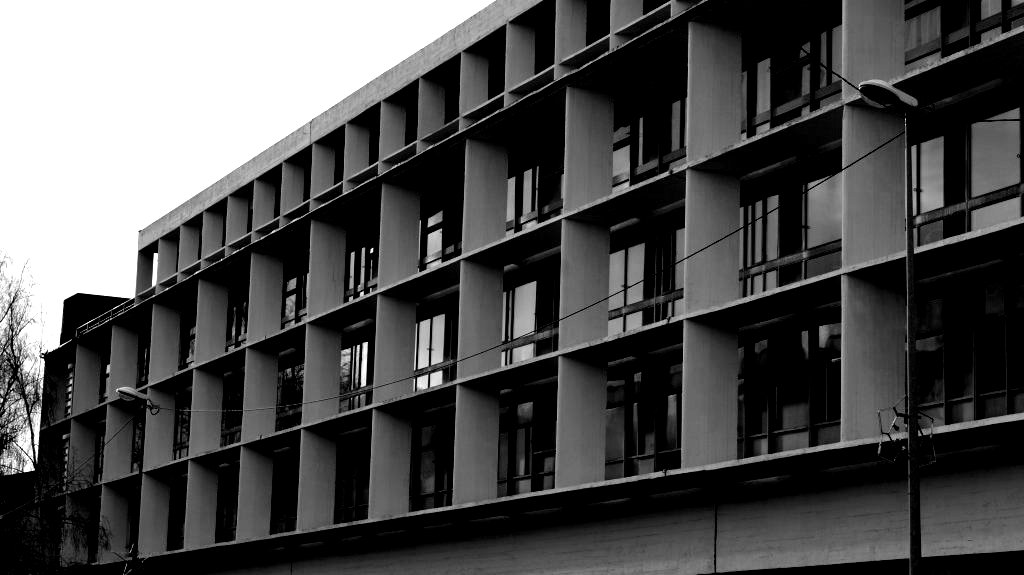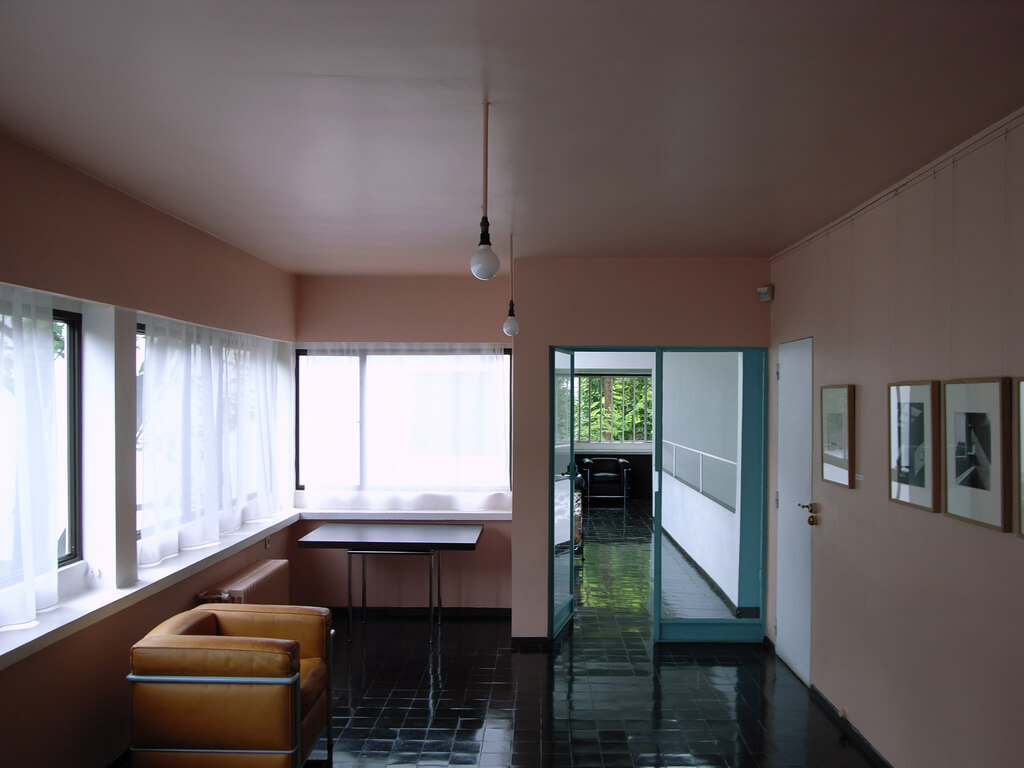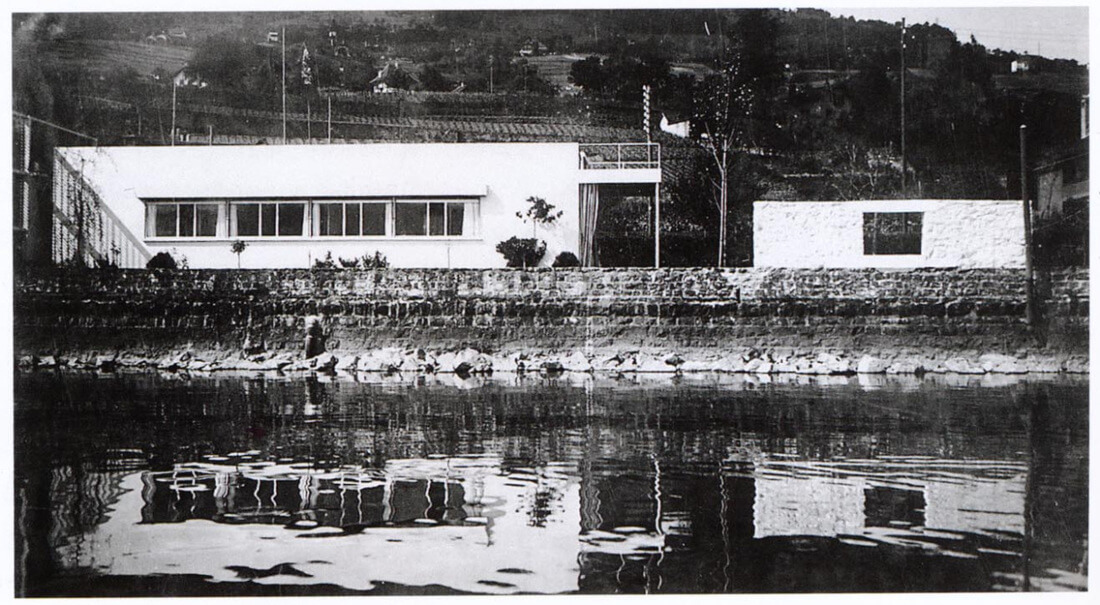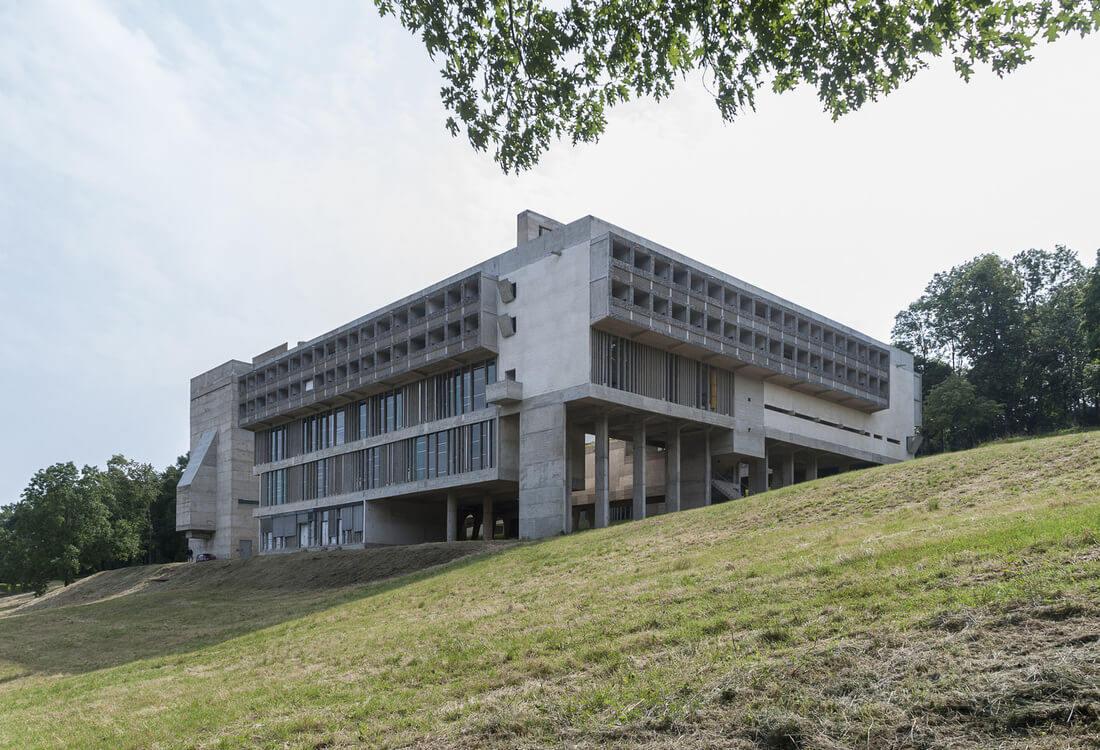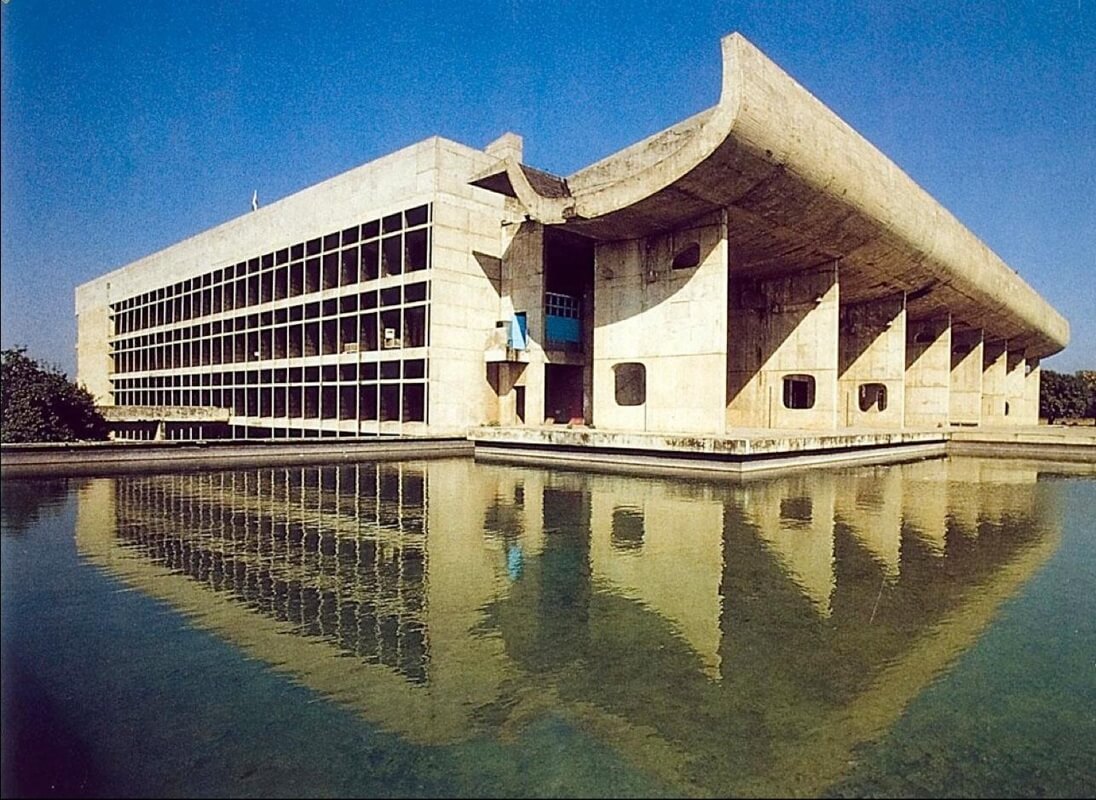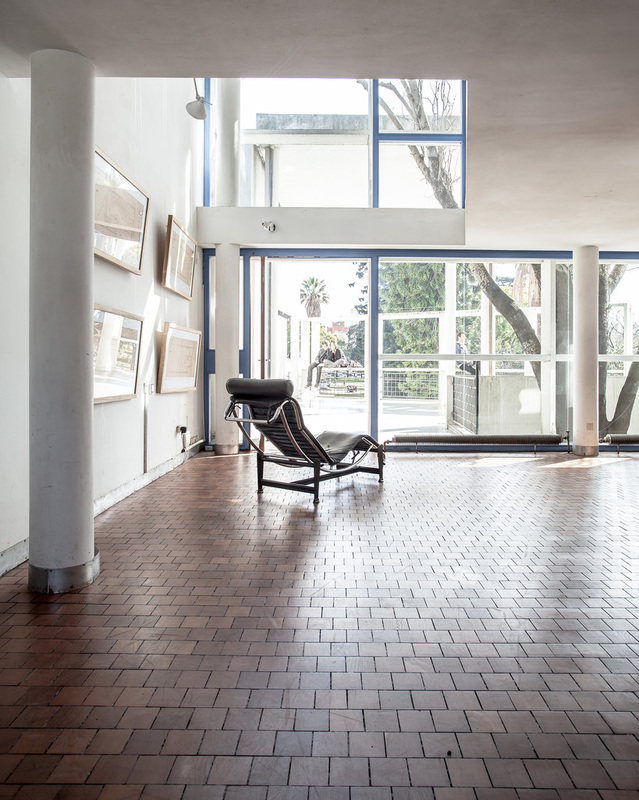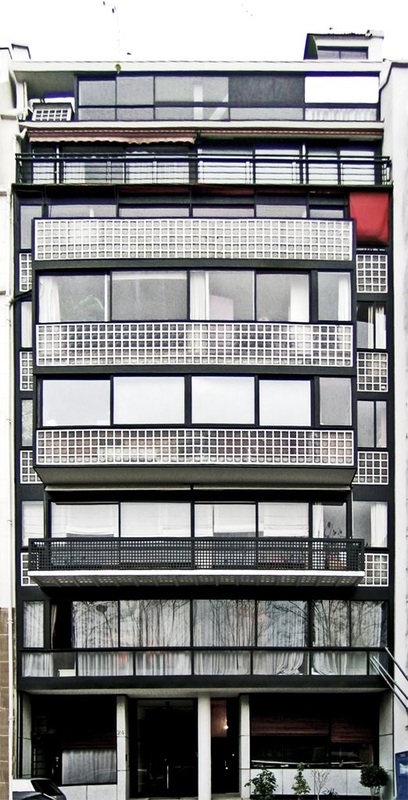The UN Education, Scientific and Cultural Organization, UNESCO, has named 17 projects by Le Corbusier in its World Heritage Sites, recognizing the cultural or physical significance of the architect for expressing “the solutions that the Modern Movement sought to apply during the 20th century to the challenges of inventing new architectural techniques to respond to the needs of society.” The new additions come a year after celebrating the 50th anniversary to the tragic death of the Swiss-French architect, designer, painter, urban planner, writer, and one of the pioneers of the Modern Movement. The list by UNESCO reflects the complexity and diversity of his legacy, and includes buildings of various types: his early white and pristine villas, the Notre-Dame du Haut, and urban projects which reflect his aim to providing better living conditions for the residents of crowded cities; it also includes the so-called Cabanon de Le Corbusier, his small home in Roquebrune-Cap-Martin, in the French Riviera from where he went swimming on August 27, 1965 and never came back.

